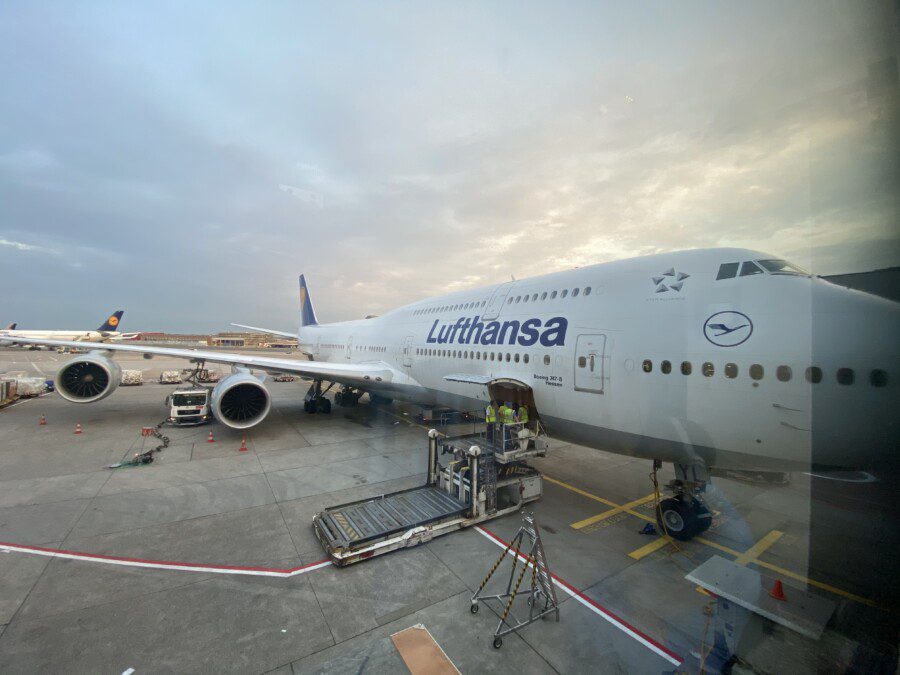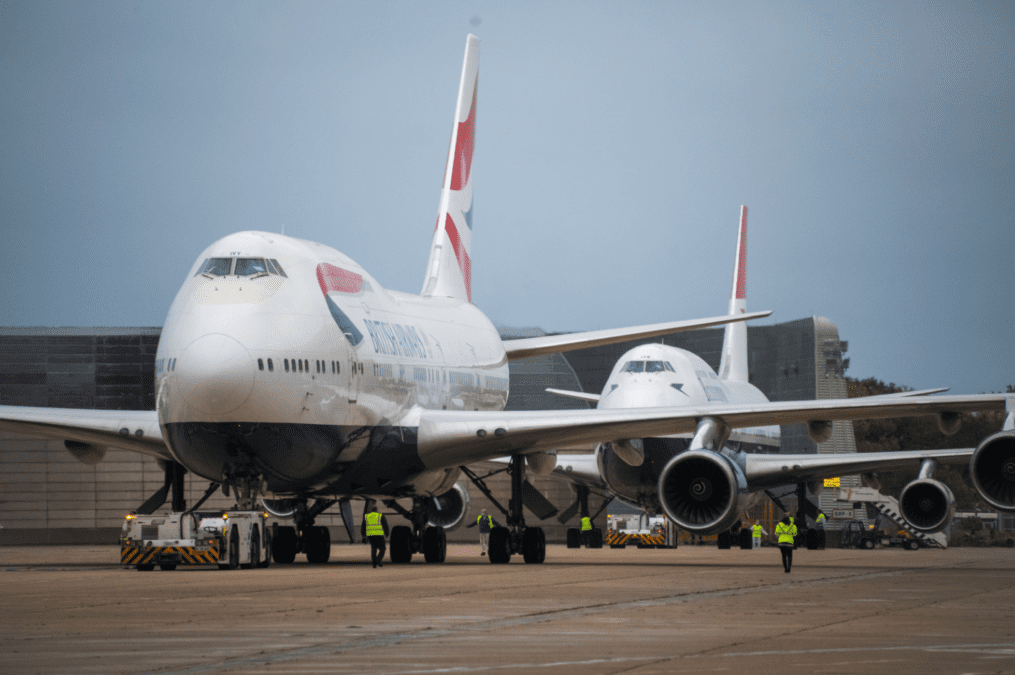Farewell to the 747, ceased production of the queen of the skies
Before saying goodbye to the skies, the Boeing 747 of Qantas (Australian airline, which loved it most of all) [...]
Before saying goodbye to the sky, the Boeing 747 of Qantas (Australian airline, which loved him most of all) drew a kangaroo tail in the air. A touching farewell, before reaching California and its Mojave Desert and there parking himself in the vast space that is part cemetery and part museum.
In this article:
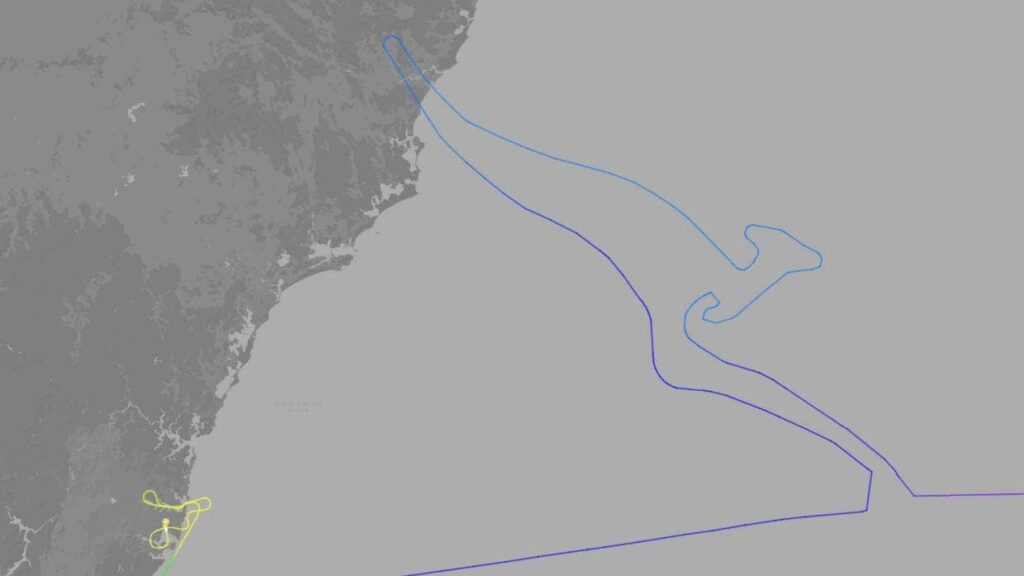
For the Qantas, and for Australians, the Boeing 747 was much more than an airplane. For years the Jumbo Jet has been the world's most capacious aircraft and has offered Australians the chance to reach destinations that-until its creation-were confined to dream limbo. "It defeated the tyranny of distance, which was and to some extent continues to be a handicap for Australians," said Alan Joyce, Qantas CEO, before bidding farewell to that extraordinary and iconic giant.
A few days earlier, farewell had fallen to the British Airways. "It is with great sadness that we confirm that we propose to retire our entire 747 fleet with immediate effect," declared the British company, as the specter of Covid-19 dropped its curtain.
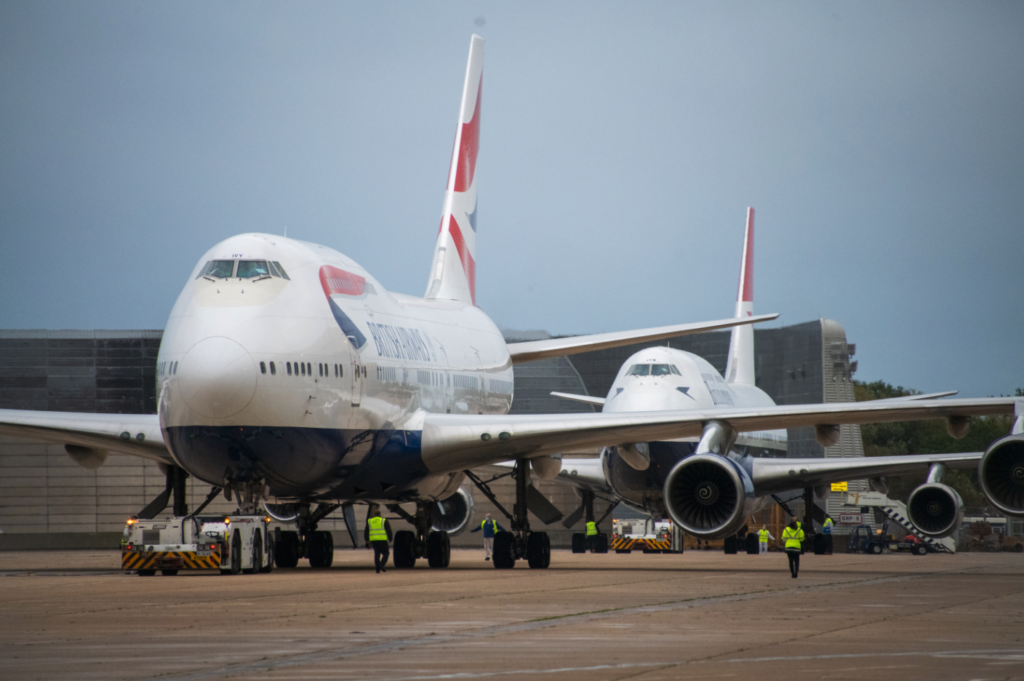
Because that is exactly what happened: the global pandemic hastened the end of the Boeing 747, the "queen of the skies." Already in 2019, no more were produced, but that stop still had the flavor of goodbye. Now, the confirmation: the Jumbo Jet ceases production. Complicated by the emergency that has been keeping Boeing 747s parked for months now (along with their A380 "brothers"). In their place will be smaller planes, even for long routes.
Boeing 747, the story of a myth
"Queen of the Skies ("Queen of Heaven"), or "Jumbo Jet": that was how the Boeing 747 was nicknamed.
Its story begins in 1963, when the United States Air Force (USAF) began thinking about a large transport aircraft. A year later, it came to the definition of the CX-Heavy Logistics System (CX-HLS): an aircraft with the payload capacity of 81,600 kg, the speed of 805 km/h, a range of 9,260 km, and a payload of 52,200 kg was taking shape. Four engines were needed for such a range, and they had to be thought of from scratch. Several companies took part in the project, each bringing their own ideas. Until the USAF chose five: Boeing, Douglas, Lockheed, General Electric, and Pratt & Whitney. To solve the difficulties related to cargo (which had to be both rear and front, with the problem of the door above the nose), Boeing designed a pod (detachable aerodynamic container) that ran from the tip of the plane to behind the wings.
The 1960s, after all, saw a real boom in flying. The Boeing 707 was no longer enough, and even before the ouster from the CX-HLS program, the U.S. company's plans included the idea of an airplane that was at least twice as big. In 1965, that project was already called the 747: collaborating on its design with the Pan American World Airways and with other companies, Boeing began to think about an aircraft that-according to early wishes-was to be supersonic and saleable as air freight, in case passenger transport went into decline. Agreement was finally reached with the delivery of the first examples to Pan Am around the end of 1969. Boeing considered about 50 cities and decided to build its new plant-suitable for building such large aircraft-about 50 kilometers from Seattle.
On September 30, 1968, the "roll out", the first public display of the 747 in the presence of 26 airlines that had pre-ordered it. The first flight test was held on Feb. 9, 1969, and in December of that year the aircraft was granted flight eligibility by the FAA and the January 22, 1970 lo and behold, the first Jumbo Jet entered service for Pan Am on the New York - London route. From then on, the biggest airlines ordered their Boeing 747s. In Europe, the first to welcome it was. Alitalia: was the May 13, 1970 and the aircraft was named "Neil Armstrong" in honor of the first man who had landed on the moon a few months earlier.
The Boeing 747 today
Today, no U.S. airline operates the Boeing 747 anymore.
However, there are several of its descendants who continue to fly. The 747-8 (747/800), Boeing's third generation announced in 2005 and inaugurated in 2010, is in the employ of Lufthansa (19 examples), Korean Air (10), Air China (7), Qatar Airways (2), and Saudi Arabian Airlines (2). Apparently, the world's longest passenger aircraft will fly until 2050.
But even more so are the companies that have had in their fleets the 747-400 (747/400), the passenger version of which entered service in 1989. Airlines that have it include British Airways (31 examples), Lufthansa (13), China Airlines (22, including 18 freighters), Korean Air (6), KLM (6), Thai Airways (9), and Virgin Atlantic (7).
However, if Qantas stopped using them on July 23, 2020, replacing them with Boeing 787-9s, British Airways celebrated its fleet shortly thereafter. Lufthansa has already phased out 6 Airbus A380s, 11 Airbus A320s and 5 Boeing 747/400s but will replace all 747/400s with Boeing 777-9Xs by 2025. KLM will retire its 6 by the end of 2020, Thai Airways will eliminate them by 2024. Virgin Atlantic will replace all of them by 2021 with Airbus A350-1000s.
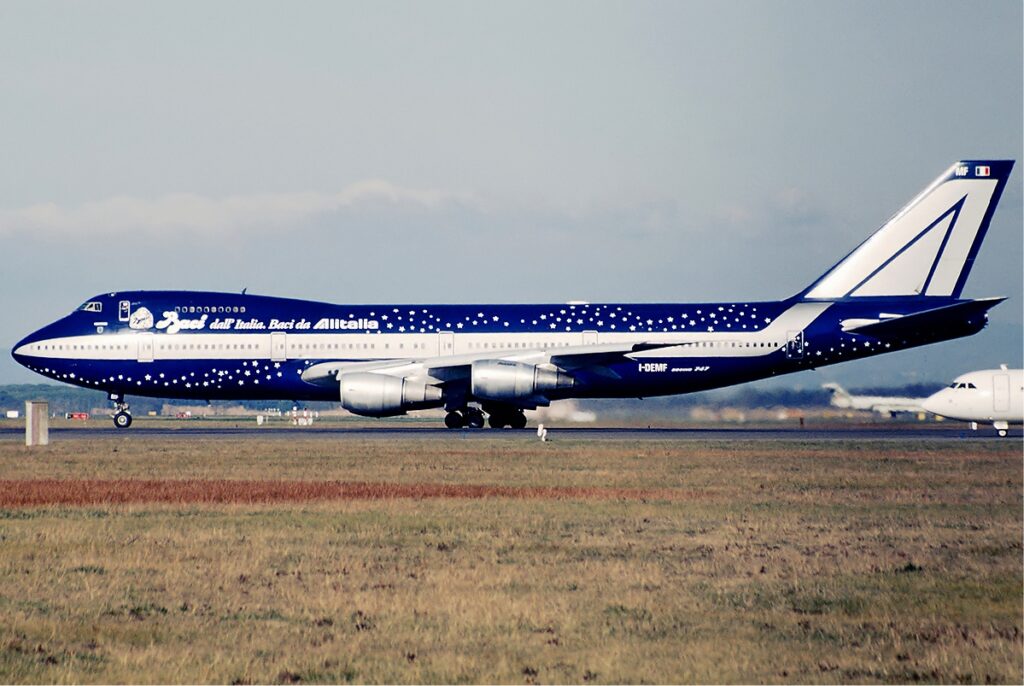
In Italy, the Boeing 747 stayed for 35 years. And, when it made its last flight, the staff could not hold back tears. It was a farewell to a myth, to the "queen of the skies" who could never be forgotten.
- 6,000 Mile Registration Bonus
- Collect miles WITH EACH PURCHASE
- Your miles with no expiration*
- No fees for ATM withdrawals and foreign purchases
- Without having to change banks
- Autonomous card activation
- Multi-function mobile application
- Free travel insurance
- Free credit for up to 7 weeks
- Contactless Payment
- Mastercard® SecureCode

